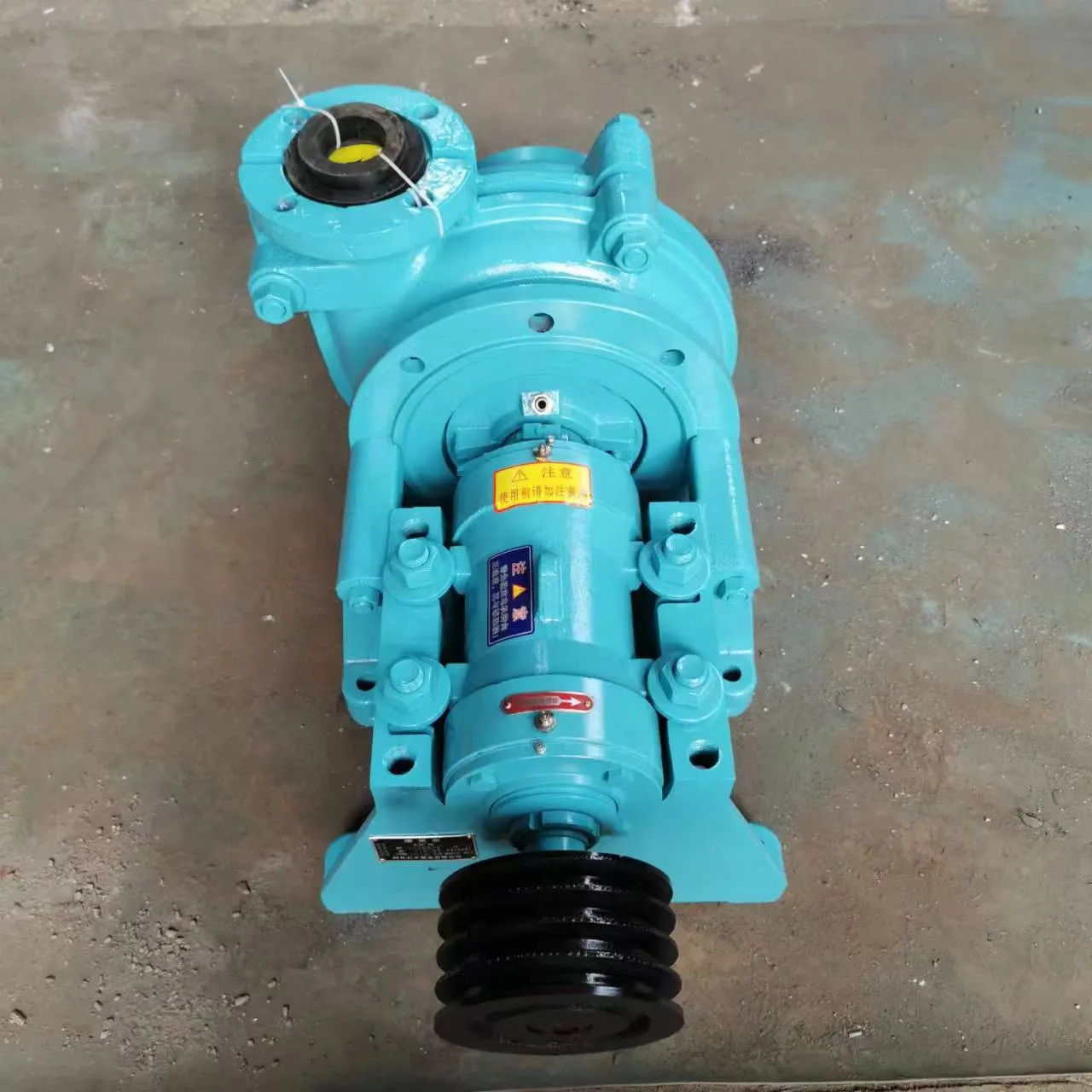Serbian
- Afrikaans
- Albanian
- Amharic
- Arabic
- Armenian
- Azerbaijani
- Basque
- Belarusian
- Bengali
- Bosnian
- Bulgarian
- Catalan
- Cebuano
- Corsican
- Croatian
- Czech
- Danish
- Dutch
- English
- Esperanto
- Estonian
- Finnish
- French
- Frisian
- Galician
- Georgian
- German
- Greek
- Gujarati
- Haitian Creole
- hausa
- hawaiian
- Hebrew
- Hindi
- Miao
- Hungarian
- Icelandic
- igbo
- Indonesian
- irish
- Italian
- Japanese
- Javanese
- Kannada
- kazakh
- Khmer
- Rwandese
- Korean
- Kurdish
- Kyrgyz
- Lao
- Latin
- Latvian
- Lithuanian
- Luxembourgish
- Macedonian
- Malgashi
- Malay
- Malayalam
- Maltese
- Maori
- Marathi
- Mongolian
- Myanmar
- Nepali
- Norwegian
- Norwegian
- Occitan
- Pashto
- Persian
- Polish
- Portuguese
- Punjabi
- Romanian
- Russian
- Samoan
- Scottish Gaelic
- Serbian
- Sesotho
- Shona
- Sindhi
- Sinhala
- Slovak
- Slovenian
- Somali
- Spanish
- Sundanese
- Swahili
- Swedish
- Tagalog
- Tajik
- Tamil
- Tatar
- Telugu
- Thai
- Turkish
- Turkmen
- Ukrainian
- Urdu
- Uighur
- Uzbek
- Vietnamese
- Welsh
- Bantu
- Yiddish
- Yoruba
- Zulu
Telephone: +86 13120555503
Email: frank@cypump.com
авг . 13, 2024 05:56 Back to list
Understanding the Benefits and Applications of Double Suction Centrifugal Pumps in Various Industries
Understanding Double Suction Centrifugal Pumps
Centrifugal pumps are widely utilized in various industries for their efficient ability to move fluids. Among the different designs of centrifugal pumps, the double suction centrifugal pump is noteworthy for its specific advantages, particularly in applications that require high flow rates and low NPSH (Net Positive Suction Head) requirements. This article explores the design, functionality, and applications of double suction centrifugal pumps.
Design and Functionality
A double suction centrifugal pump is designed with two inlets that draw fluid simultaneously into the impeller from both sides. This unique design helps balance the axial load on the impeller, significantly reducing wear and tear, which prolongs the pump’s service life. The impeller, typically of a mixed flow or radial flow design, accelerates the fluid and converts kinetic energy into pressure energy as it passes through the pump casing.
One of the defining features of double suction pumps is their ability to handle large volumes of liquid with minimal energy consumption. The flow path is more streamlined compared to single suction designs, which can lead to higher efficiency and better hydraulic performance. The impeller is usually large, and the double-suction design allows for a more uniform flow distribution, which reduces turbulence and increases overall efficiency.
Advantages
Double suction centrifugal pumps offer several advantages over traditional single suction pumps
. One major benefit is their capacity to handle larger flow rates. This makes them ideal for applications like municipal water supply, irrigation systems, and industrial water processing, where high volumes of fluid are consistently handled.Additionally, the balanced axial forces in double suction pumps reduce the stress on bearings and other mechanical components, leading to lower maintenance costs and increased reliability. They also operate quietly and efficiently, which is essential in environments where noise production is a significant concern.
centrifugal pump double suction

Furthermore, these pumps can be designed for a variety of fluids, including clean water, wastewater, and even some viscous liquids. Their versatility and reliability make them a popular choice across many sectors, including oil and gas, power generation, and manufacturing.
Applications
Double suction centrifugal pumps are employed in numerous applications due to their efficiency and reliability. In the water industry, they are primarily used for water supply systems, such as municipal water distribution and irrigation. They efficiently move large volumes of water over vast distances, making them essential in both urban and agricultural settings.
In the industrial sector, double suction pumps are often utilized in cooling systems, where they circulate water to remove heat from machinery. They are also employed in fire protection systems, where high flow rates are critical for ensuring adequate water supply during emergencies.
Power plants use double suction pumps for boiler feed water systems. The pumps help maintain a steady supply of water for steam generation, ensuring optimal power production. Additionally, they are used in the chemical industry for transferring various fluids, further illustrating their versatility.
Conclusion
In conclusion, double suction centrifugal pumps are a vital component in fluid transport systems across multiple industries. Their unique design, characterized by dual inlets, allows for high flow rates, increased efficiency, and reduced maintenance, making them an attractive option for many applications. As industries continue to evolve and demand more efficient pumping solutions, double suction pumps are well-positioned to meet these challenges, demonstrating their importance in modern engineering and industrial practices. With ongoing advancements in technology, these pumps will surely continue to enhance their capabilities and application range in the years to come.
-
Custom Drilling Mud and Slurry Pump Supplier - High Efficiency, Tailored Solutions
NewsJun.10,2025
-
Supply Vertical Submersible Sewage Pump High-Efficiency WQ/QW Pumps Supplier
NewsJun.10,2025
-
Premium Sewage Ejection System & Pumps Efficient Waste Removal
NewsJun.09,2025
-
Premium Wholesale Slurry Pump Impellers Durable & Efficient Slurry Handling
NewsJun.09,2025
-
Top Sewage Pump Companies Durable Industrial Solutions for Efficiency
NewsJun.09,2025
-
Heavy Duty Slurry Pumps - OEM High Performance & Bulk Wholesale
NewsJun.09,2025










